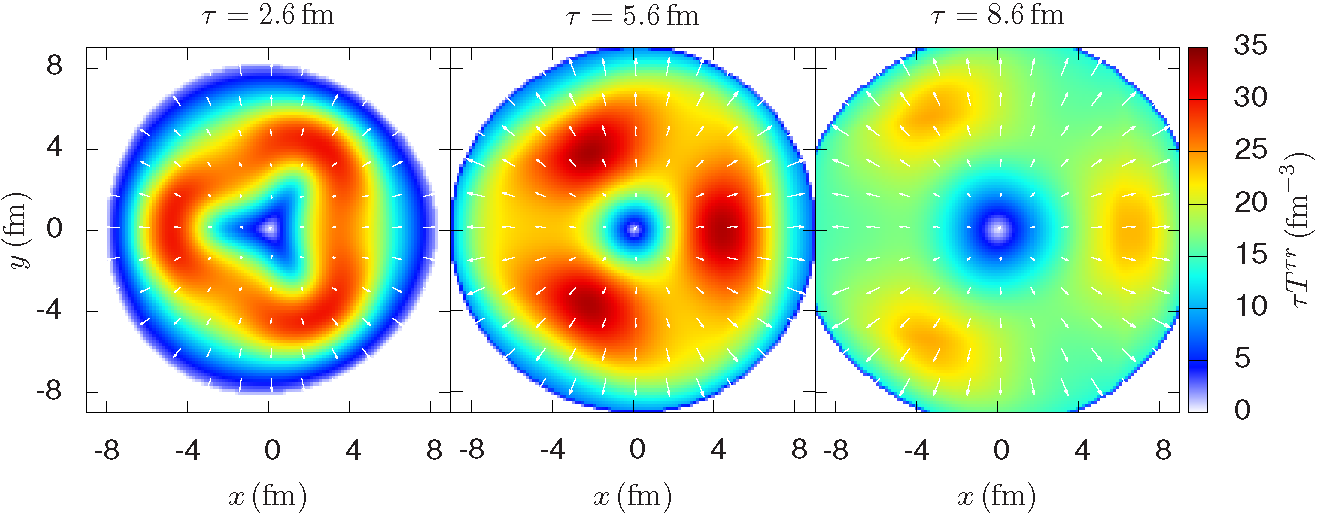Machine learning in heavy-ion collisions

The physics objective of any experimental endeavour is to identify and explain the physics mechanisms responsible for the observations. When the number of possible observables is large, as is often the case in heavy-ion collisions, it might be challenging to identify the relevant degrees of freedom. Therefore data analysis methods based on machine learning can be helpful in simplifying this task.
In my PhD work I employed the Principal Component Analysis (PCA) to study the triangular and other harmonic flows in a hydrodynamic model of heavy-ion collisions (Mazeliauskas & Teaney, 2015; Mazeliauskas & Teaney, 2016). PCA identifies the collective fluctuations in the signal responsible for most of the variance in the data, so called principal components. We identified such dominant components (leading and subleading flows) in momentum resolved flow harmonic observables. Our work has been followed by several experimental searches and theoretical studies confirming our findings and emphasizing the relevance of subleading flows in studying the small scale structure in heavy-ion collisions

